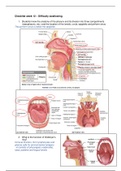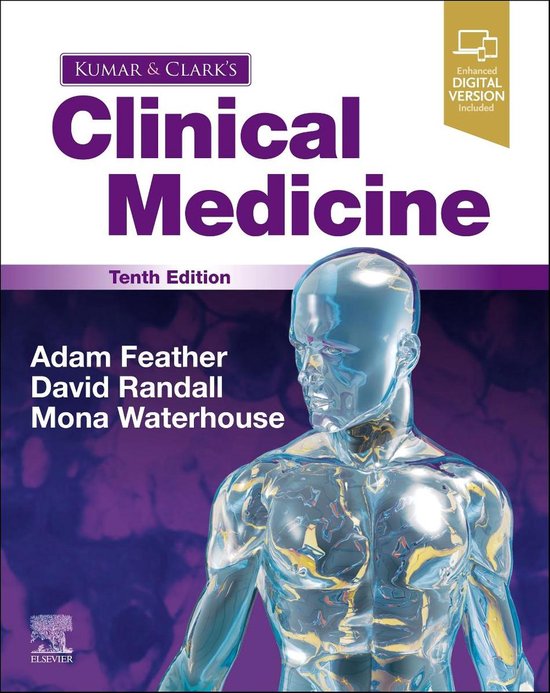Summary
Summary checklist 2.1.4.
- Module
- Institution
- Book
Summary study book Kumar and Clark's Clinical Medicine of Adam Feather, Randall (-) - ISBN: 9780702078682, Edition: 10th Revised edition, Year of publication: - (checklist 2.1.4.)
[Show more]




